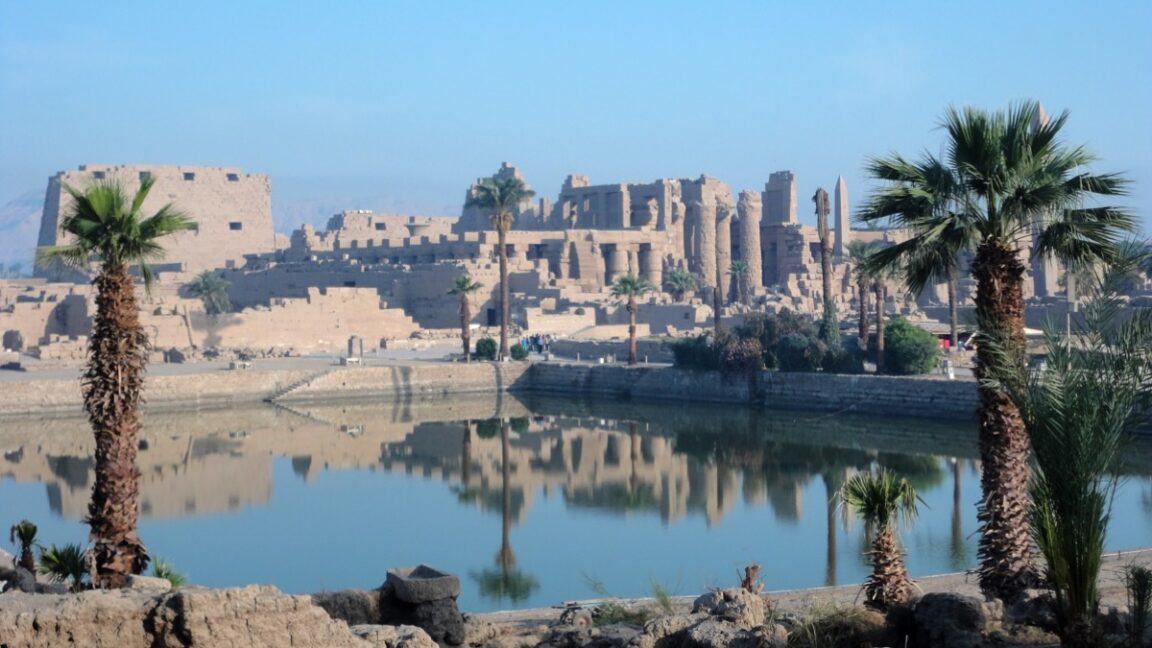Science
Discoveries in October: From Snakes to Martian Gullies

Each month brings a wealth of fascinating scientific research, and October 2025 is no exception. This roundup highlights several intriguing studies, ranging from the microstructural differences between gluten-free and traditional spaghetti to new insights on Martian geology and the rapid striking abilities of snakes.
Innovative Boggle Board Configuration Revealed
A unique computational analysis has produced the highest-scoring configuration for a Boggle board, achieving a remarkable score of 3,625 points. This achievement came from software engineer Dan Vanderkam, who shared his findings in a preprint on the physics arXiv. Vanderkam’s extensive research involved grouping board configurations with similar patterns, allowing him to discard less optimal setups efficiently.
In his blog, he noted that while it may seem niche, his method builds on earlier attempts from as far back as 1982, which had only achieved a score of 2,195 points. Vanderkam’s innovative approach not only showcases the potential of computational proofs in recreational mathematics but also highlights the extensive vocabulary that can be generated from a mere 4×4 grid of letters.
Insights into Egypt’s Karnak Temple Origins
An exhaustive geological survey of the Karnak Temple complex in Egypt has provided fresh insights into its historical significance and development. Located near Luxor, this temple has fascinated archaeologists and tourists alike for centuries. A recent paper published in the journal *Antiquity* discusses how sediment cores and ceramic fragments reveal that the earliest settlements at Karnak date back to around 2520 BCE.
Co-author Ben Pennington, a geoarchaeologist at the University of Southampton, explains that the temple’s location was likely chosen due to its elevation above the Nile’s floodwaters, which aligns with ancient Egyptian creation myths regarding the god Ra-Amun. This research not only chronicles the temple’s architectural evolution but also connects its origins to the natural landscape and cultural beliefs of ancient Egypt.
Understanding Martian Gullies
The puzzling gullies observed on Martian dunes have sparked debate regarding their formation. Recent research published in *Geophysical Research Letters* supports the hypothesis that these features are formed by seasonal deposition and sublimation of CO2 ice, rather than remnants of ancient water flow. Earth scientist Lonneke Roelofs, working with colleagues at Utrecht University and the Open University in the UK, conducted experiments simulating Martian conditions to investigate this phenomenon.
Roelofs’ findings indicate that blocks of CO2 ice, when released from dune tops, can create gullies resembling burrowing actions seen in nature. This discovery not only enhances our understanding of Martian geology but also suggests that the planet may still possess active geological processes.
Snake Strikes Captured in High Definition
Groundbreaking research at Monash University has captured the rapid strikes of 36 snake species, revealing the speed and style of their predatory behavior. Utilizing high-speed cameras, researchers documented over 100 individual strikes at an astonishing frame rate of 1,000 frames per second.
Among the findings, vipers displayed the quickest strikes, with the blunt-nosed viper achieving an acceleration of 710 m/s² and biting within just 22 microseconds. This research, detailed in the *Journal of Experimental Biology*, not only sheds light on the mechanics of snake predation but also provides valuable insights for medical and pharmaceutical applications involving snake venom.
Exploring the Science of Spaghetti
A study published in *Food Hydrocolloids* has examined the microstructural differences between traditional and gluten-free spaghetti. Researchers discovered that the gluten matrix in regular pasta provides improved resistance to structural degradation compared to gluten-free alternatives, which often suffer in taste and texture.
By using advanced techniques such as small-angle x-ray and neutron scattering, they found that the right salt concentration can enhance the gluten matrix’s properties, leading to a potential breakthrough in gluten-free pasta development. This research could pave the way for improved dietary options for individuals with gluten intolerance.
Machine Learning and Ancient Art
In an innovative approach to archaeology, digital archaeologist Andrea Jalandoni from Griffith University has explored the potential of machine learning to identify ancient artists behind finger flutings—one of the oldest forms of prehistoric art. Her research, documented in *Scientific Reports*, involved creating finger flutings in both virtual reality and real clay, then training machine learning models to classify the results.
Although initial findings showed promise, particularly with clay-produced images achieving up to 84 percent accuracy, challenges remain in ensuring the models do not overfit. Jalandoni emphasizes the importance of understanding the creators of these ancient artworks for cultural reasons.
October’s collection of scientific discoveries highlights the diversity and depth of ongoing research across various fields. Each study not only contributes to our understanding of the world around us but also demonstrates the innovative methods researchers are employing to unravel complex questions.
-

 Science3 months ago
Science3 months agoToyoake City Proposes Daily Two-Hour Smartphone Use Limit
-

 Health4 months ago
Health4 months agoB.C. Review Reveals Urgent Need for Rare-Disease Drug Reforms
-

 Top Stories4 months ago
Top Stories4 months agoPedestrian Fatally Injured in Esquimalt Collision on August 14
-

 Technology3 months ago
Technology3 months agoDark Adventure Game “Bye Sweet Carole” Set for October Release
-

 World3 months ago
World3 months agoJimmy Lai’s Defense Challenges Charges Under National Security Law
-

 Lifestyle3 months ago
Lifestyle3 months agoVictoria’s Pop-Up Shop Shines Light on B.C.’s Wolf Cull
-

 Technology3 months ago
Technology3 months agoKonami Revives Iconic Metal Gear Solid Delta Ahead of Release
-

 Technology3 months ago
Technology3 months agoApple Expands Self-Service Repair Program to Canada
-

 Technology3 months ago
Technology3 months agoSnapmaker U1 Color 3D Printer Redefines Speed and Sustainability
-

 Technology3 months ago
Technology3 months agoAION Folding Knife: Redefining EDC Design with Premium Materials
-

 Technology3 months ago
Technology3 months agoSolve Today’s Wordle Challenge: Hints and Answer for August 19
-

 Business3 months ago
Business3 months agoGordon Murray Automotive Unveils S1 LM and Le Mans GTR at Monterey









